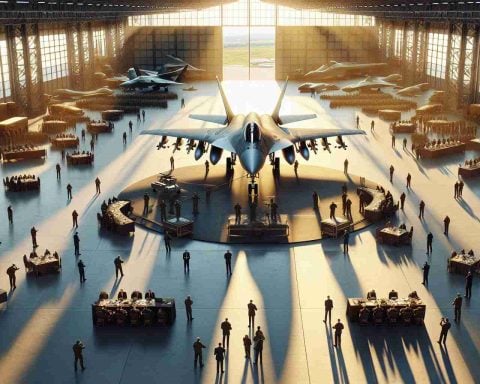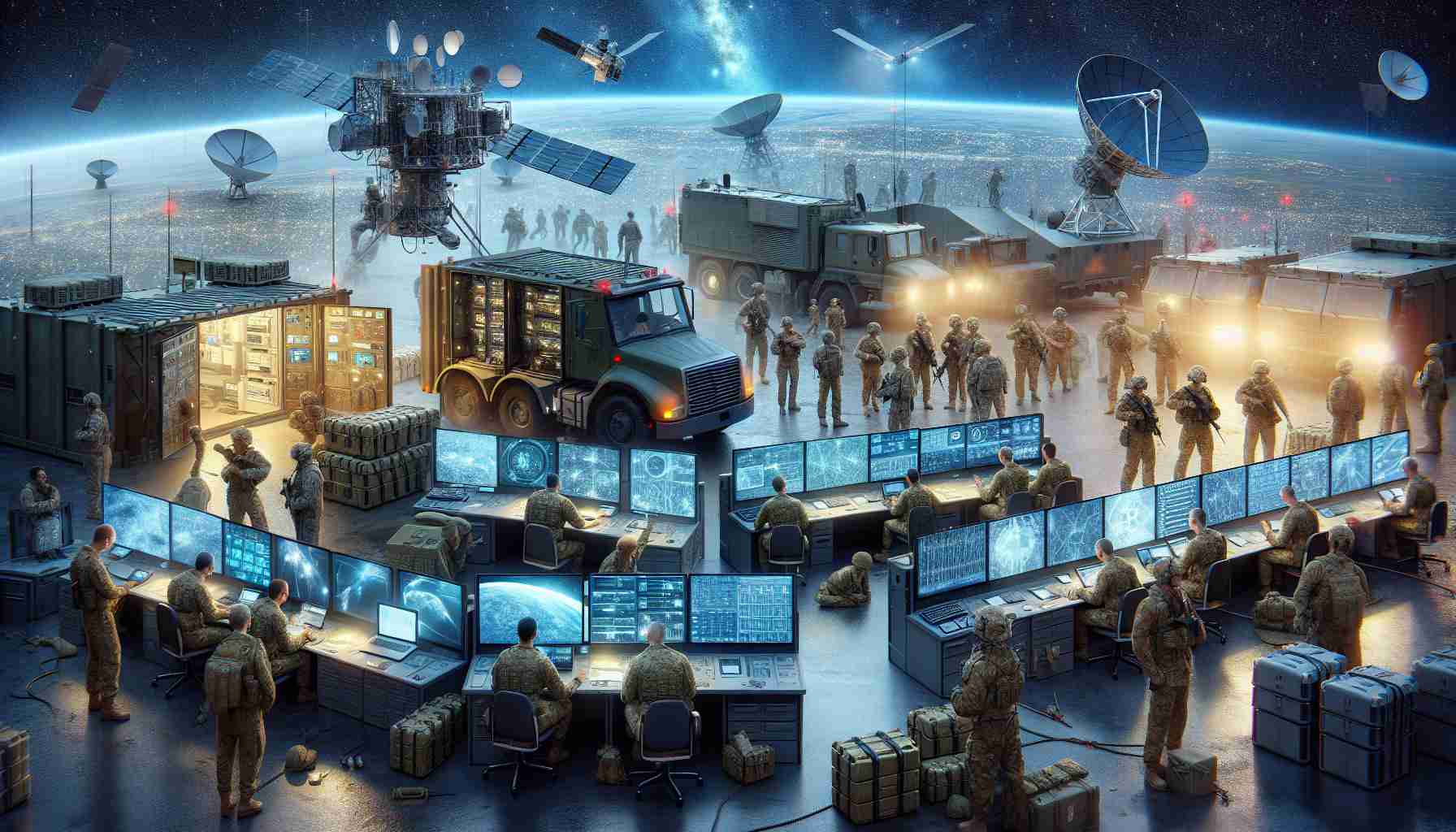In a remarkable demonstration of military aviation prowess, a U.S. F-35B stealth fighter jet accomplished its inaugural landing on the Japanese destroyer Kaga off the coast of San Diego. This historic event marks a significant step in transforming the Kaga, an advanced Izumo-class vessel, into a fully operational aircraft carrier.
Sunday’s successful vertical landing around 3 p.m. was a crucial part of ongoing exercises designed to evaluate the compatibility and operational readiness of the F-35B with the Japanese ship. These trials are a collaborative effort involving the U.S. Navy, Marine Corps, and the Maritime Self-Defense Force (MSDF) of Japan. Over the next few weeks, comprehensive assessments will confirm if the F-35B can seamlessly take off from the Kaga, and verify crucial logistical processes such as aircraft storage, taxiing, refueling, and maintenance operations.
The Kaga recently underwent extensive retrofitting, enhancing its capabilities to handle the heat and force generated by landing aircraft. This follows the precedent set in 2021 when its sister ship, the Izumo, successfully conducted similar trials, setting a new course for Japan’s maritime defense strategy.
Visual evidence of this breakthrough was shared on social media, capturing the dynamic moment of the F-35B’s landing. This collaborative venture underscores Japan’s commitment to strengthening its defense capabilities, aligning closely with strategic allies.
The Kaga’s ongoing transformation is a symbol of Japan’s evolving defense landscape, broadening the horizons for future naval operations and cooperative security engagements.
The Hidden Costs and Controversies of Japan’s New Aircraft Carrier Capabilities
The recent landing of the U.S. F-35B on the Japanese destroyer Kaga is a global milestone in military aviation. However, this transformation of the Kaga into a fully operational aircraft carrier unveils several layers of impact on not just military capabilities but also societal and geopolitical dynamics in the region.
Unexpected Challenges for Local Communities
While the military sees advantages in strengthening its maritime capabilities, local communities surrounding military bases in Japan are facing challenges. The increase in military activity, including joint exercises with international allies like the United States, has led to heightened noise levels and concerns about safety and land use. The transformation of vessels like the Kaga requires extensive retrofitting and infrastructure changes at ports, impacting local economies and daily life.
Shifting Geopolitical Balances
This military development does not occur in isolation. Concerns are rising among neighboring countries, particularly China and South Korea, regarding Japan’s increasing defense capabilities. Skeptics argue that this could provoke an arms race in the region, as countries may feel compelled to enhance their own military technologies. This is especially relevant as tensions continue to simmer in the East China Sea. Could this move lead to increased friction, or will it foster long-term strategic alliances?
What About the Financial Implications?
Transforming destroyers into aircraft carriers is not without significant financial cost. Japan’s defense budget has been steadily increasing, causing debates among policymakers and citizens over resource allocation. Could these funds be directed towards other pressing national needs, such as healthcare and education? Yet, proponents argue that the investment in defense ensures national security and regional stability, which are indispensable for long-term economic growth.
Addressing National Sentiments
Japan’s post-World War II constitution, which renounces war, still plays a crucial role in public opinion on military expansions. This transformation challenges traditional views and raises questions about Japan’s self-defense-oriented policy. How do citizens reconcile these modern defense developments with historical anti-war sentiments? This evolving narrative is a cornerstone of national dialogue, influencing future policy directions.
Conclusion
As Japan’s naval capabilities continue to evolve, its impact will be felt across communities, countries, and continents. Whether this development will serve as a stabilizing force in Asia or lead to further tensions will depend greatly on diplomatic efforts and international cooperation.
For more information about military innovation and geopolitical developments, visit Defense News or follow updates from Reuters for comprehensive coverage.






















